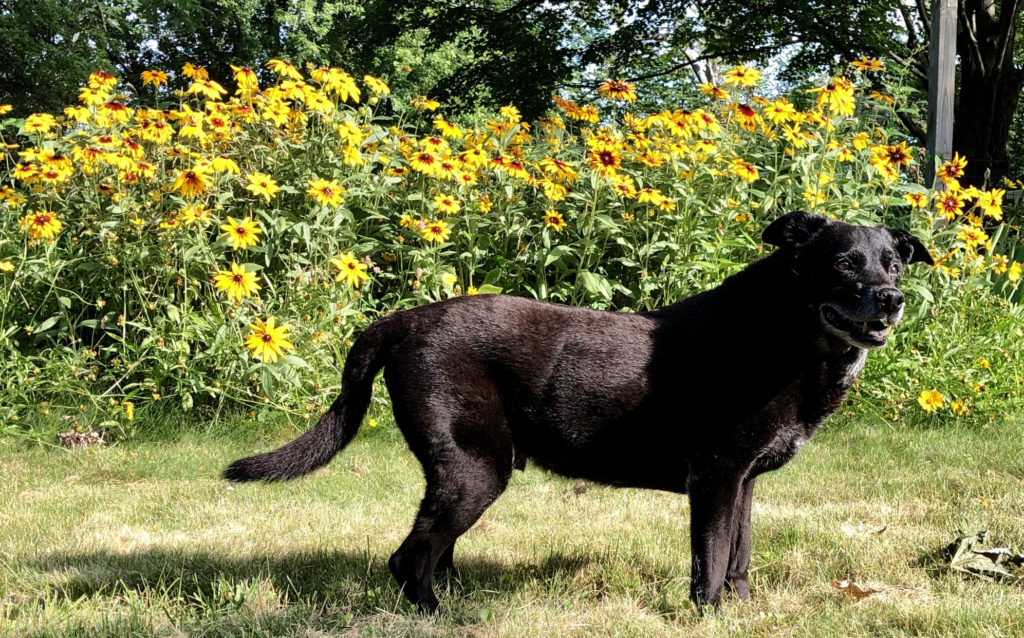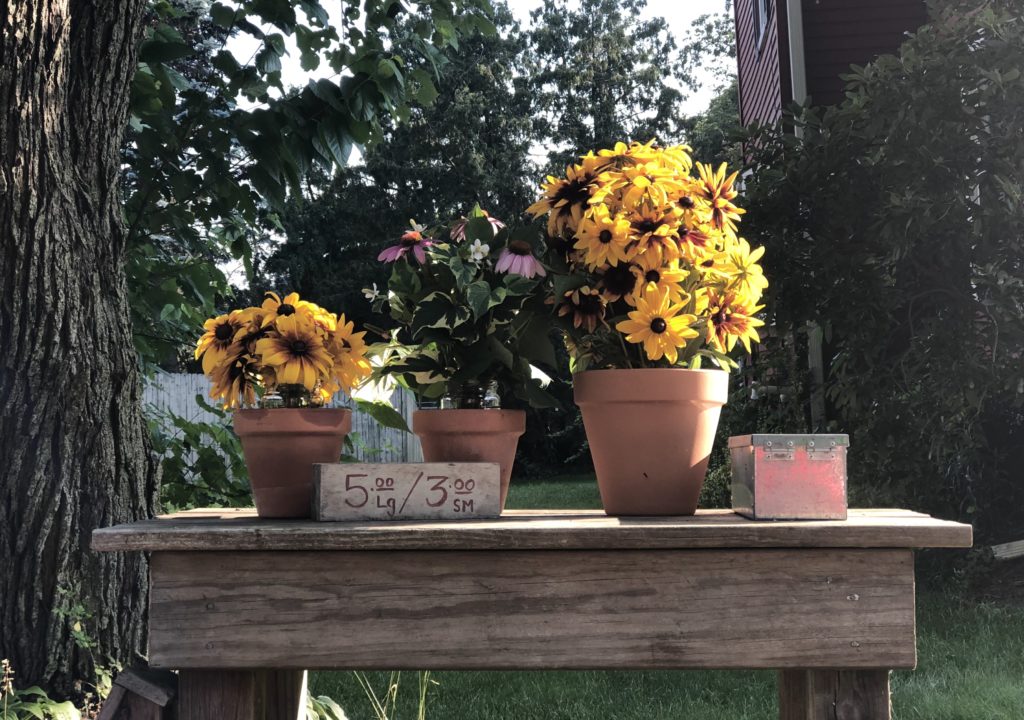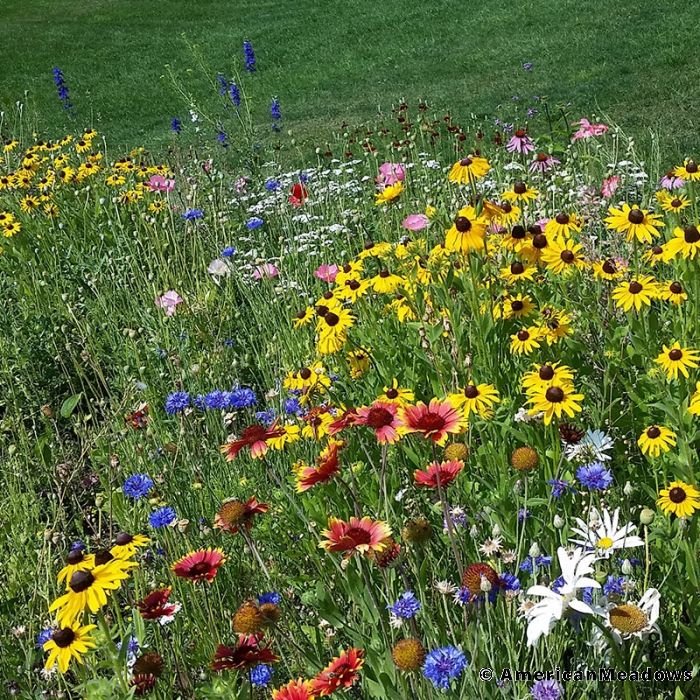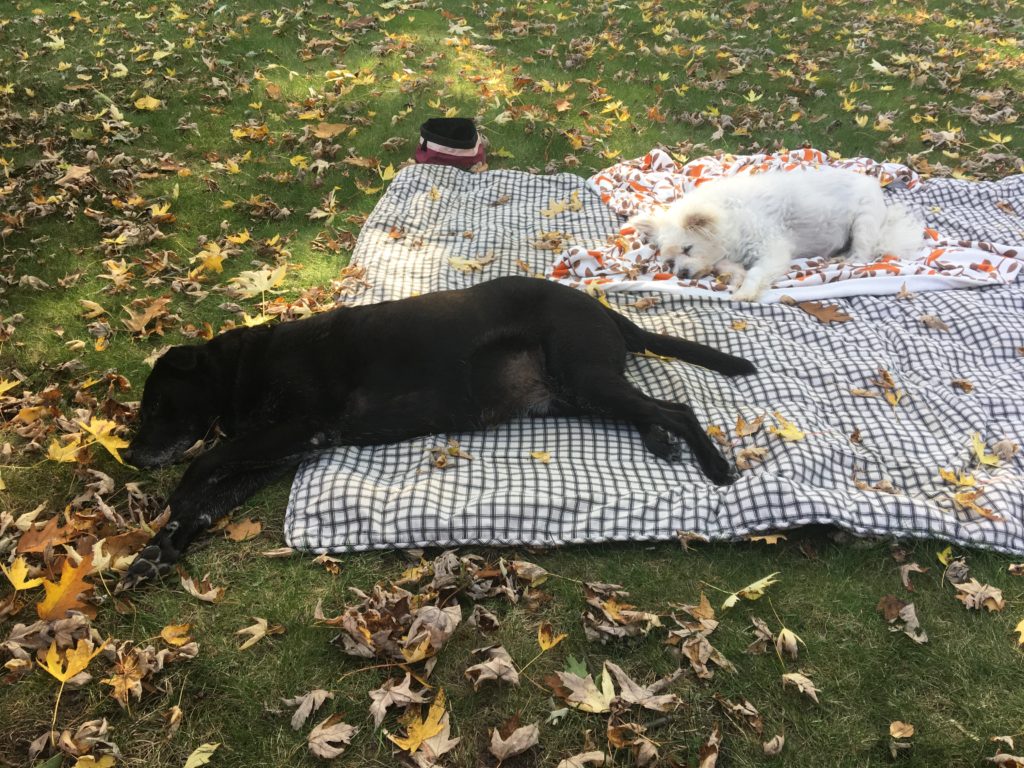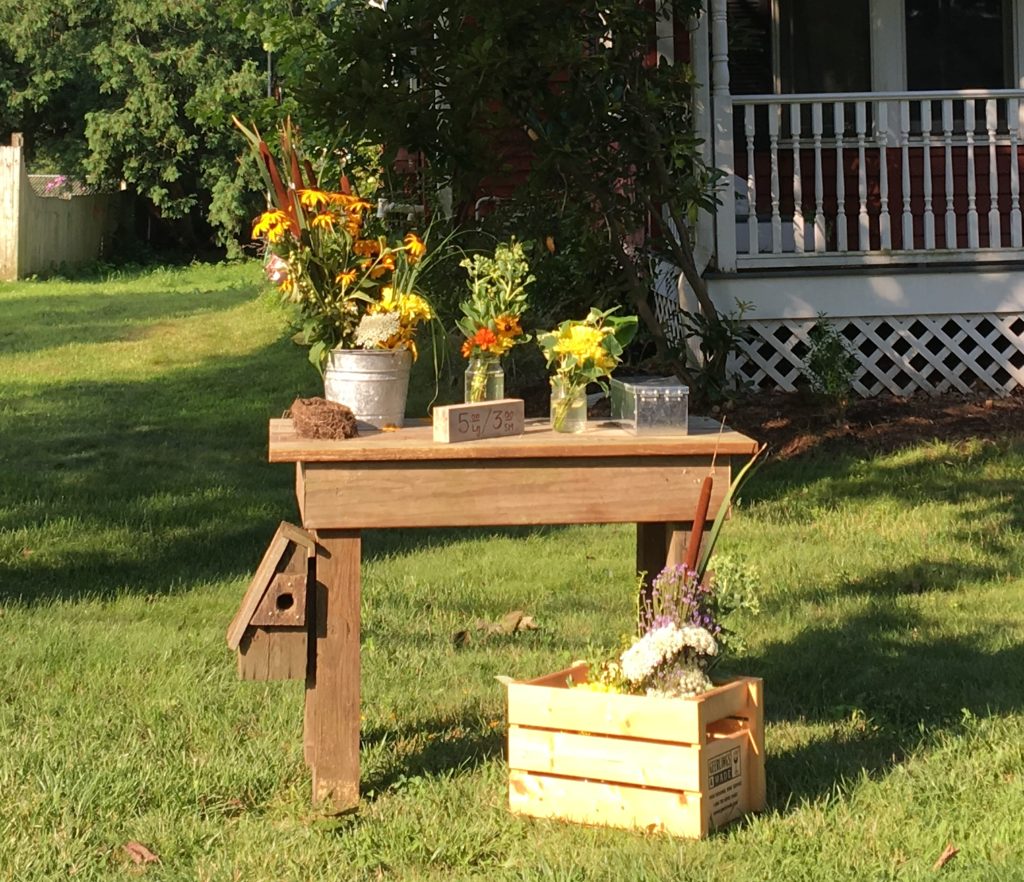Soil improvement is a dirty garden center scam. They sell products in the spring, loaded with chemicals and weird shit that plants don’t understand. Treated mulches, formulated powders, liquid sprays, slow-release pellets, some cheap, some expensive, all for profit margins.
And what do you do every spring and fall? Clean up debris on your property before summer or winter sets in. And often pay to have it done & removed.
Seriously. Are you fucking kidding me.
Let’s get a grip on ourselves and figure this shit out.
So yard maintenance is basically a lot of cleaning debris and soil augmentation. Good soil makes good, strong, healthy plants. So if you have shitty soil, how do you get good soil?
Decomposition is the basis for this. It’s super simple, yet the science behind it is rather exponential, as it applies to the ecology and scale of your specific environment. Let’s go basic here, and we can explore more details in other articles.
Nature is all over this one. Imagine you are walking in the woods. If you wander off the trail, notice the ground is much softer, not compacted. So you squat down for a closer look. With a stick, you push aside the top layer of leaf litter. You see the remnants of last year’s debris, crumbling before your eyes. An army of insects is probably at work here. A little deeper, and you’ve hit the composted material. This is the good stuff. Dark, rich, fragrant, moist, and bursting with nutrients.
Ohhh yeah baby, you want that, don’t you? All that healthy goodness, for your plants, in your yard. *leans in close, whispers* You can have it. And its FREE. It just takes a little time. When you clean your yard debris, throw it in a pile. Now you have a compost pile. Now go away and come back next year.
Let’s get nerdy with what happened while you were away. But not too nerdy. Imagine the compost pile as a super-city you just built in the middle of nowhere. Like Las Vegas in the desert. Lets call it Soil City.
Nitrogen (green clippings) and carbon (brown leaves and twigs) are the framework on which this City is built. Oxygen and moisture are also key components. Together, these four elements form a powerful engine to fuel all the energy requirements of Soil City. Now this new fluffy pile of yard waste is waiting for residents and workers. “Build it and they will come.”
The first residents are the primary consumers. These are the blue collar workers, and they are here to stay. Millipedes, sowbugs, pillbugs, snails, mites and beetles all begin the shredding process and create more surface area for future processes. Soil City cannot function without them. Earthworms are the next round of newcomers to appear. They are like mid-management. They feast on the smaller, softer elements, and continue the degradation process. (Side-eye to real life)
All these critters do their part to aerate the pile. As they eat, grow and poop, they introduce more populations of bacteria and fungus into the City. These micro-organisms reproduce dramatically and are critical to the break-down process. The bacteria and fungus are the heavy machinery, which is weird because they are microscopic. Make no mistake, they are Legion. That is how they get shit done. Their arrival is like introducing the steam powered engine for the Industrial Age.
If the moisture and oxygen levels are too high or too low, these populations will lose most of their efficiency, or die off altogether, bringing your Soil City to a screeching halt. These are the biblical disasters – drought, famine, flood, etc – that happen in the real world. No good.
If you want to amp up the process even more, go ahead and throw a little shit on your City. See what happens. Adding manure is the equivalent of introducing electricity in the 1920’s. Micro-organism production skyrockets, soil structure and mineral supply improves, leading to better future plant nutrition. Fucking amazing, and you can hardly even see it happening.
Now what about you, the keeper of this optimized system? You are what municipal and state government should be. Your job is to keep Soil City functioning smoothly, help to keep the ecosystem healthy. Not too difficult or demanding as long as the correct resources are available. So keep a watchful eye, check in sometimes, not too much. (Unfortunately for humans, we keep fucking this up in real life, so maybe we should pay attention to a well-function system.)
Once you are in the habit, you’ll have a year-over-year supply chain in place. It’s really just a shift of decision-making. You have to keep your property looking nice anyway. Are you going to do it the shitty expensive way, which includes your time driving to the garden center and trying to make wavering decisions on what chemical shit to buy? Or are you going to do it the efficient way, which includes spending a few hours putting the good shit back into your ecosystem and feeling really fucking satisfied?
Nature is a badass. This composting shit is happening anyway, so you might as well get in on the action. Be intentional with your dollars. That includes where you choose NOT to spend. Keep your money, or better yet, invest what you don’t spend so it can also grow fat and healthy like your plants. Those big garden centers can fuck off with their specialty mulches and fertilizers and fancy shit. If you wouldn’t let your dog lick it, don’t put it in your yard.
Except the manure. That’s okay.
